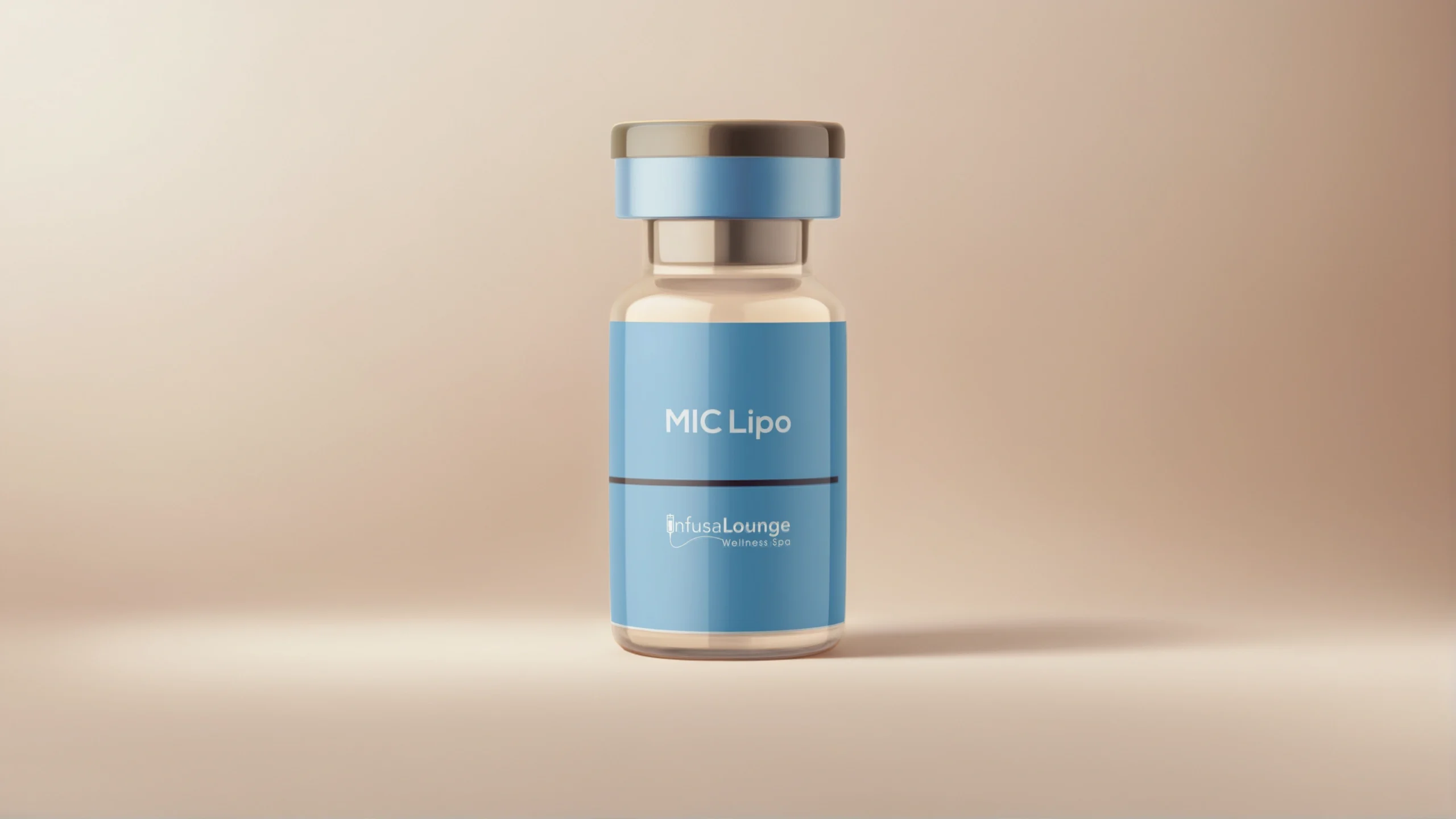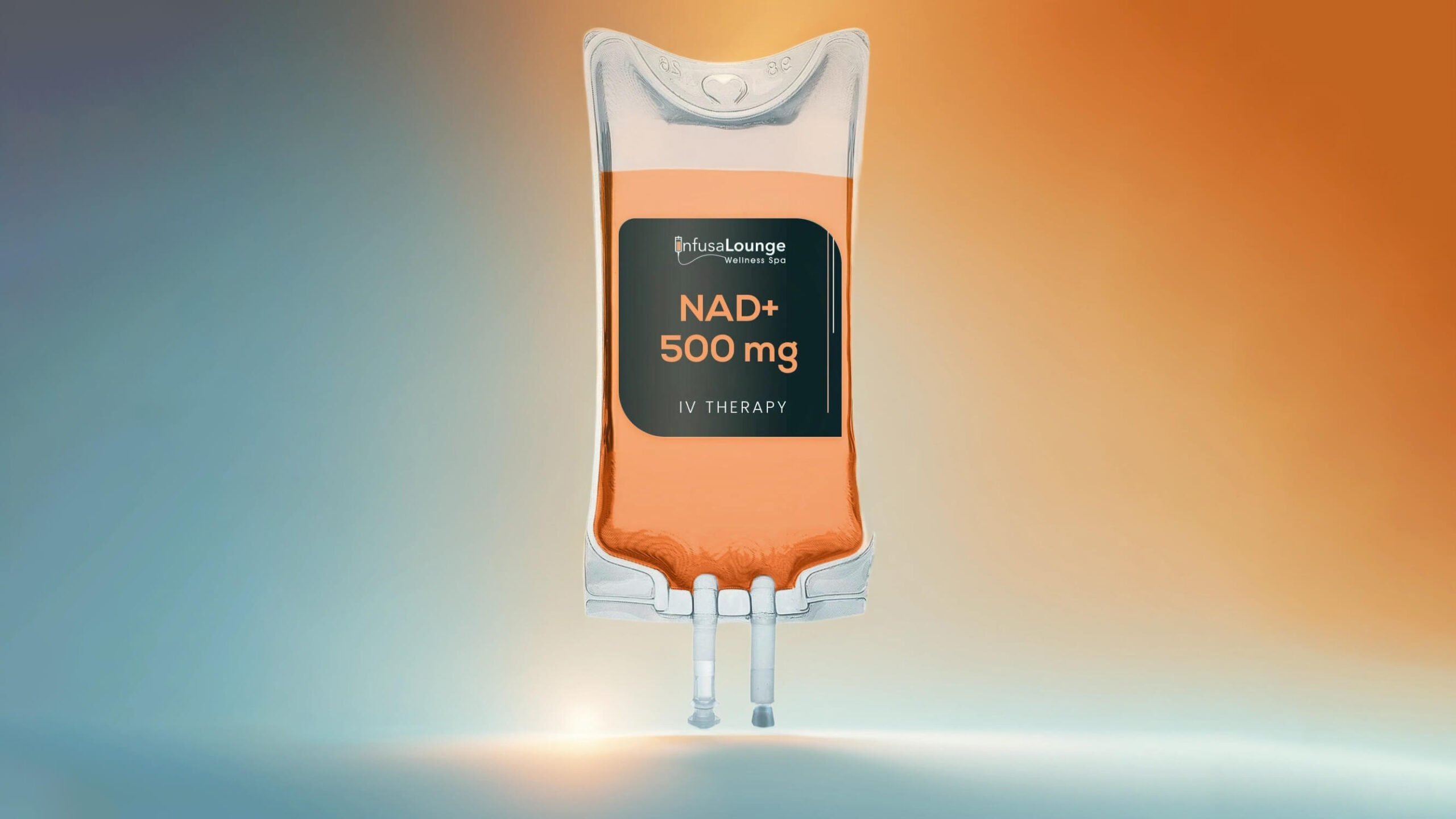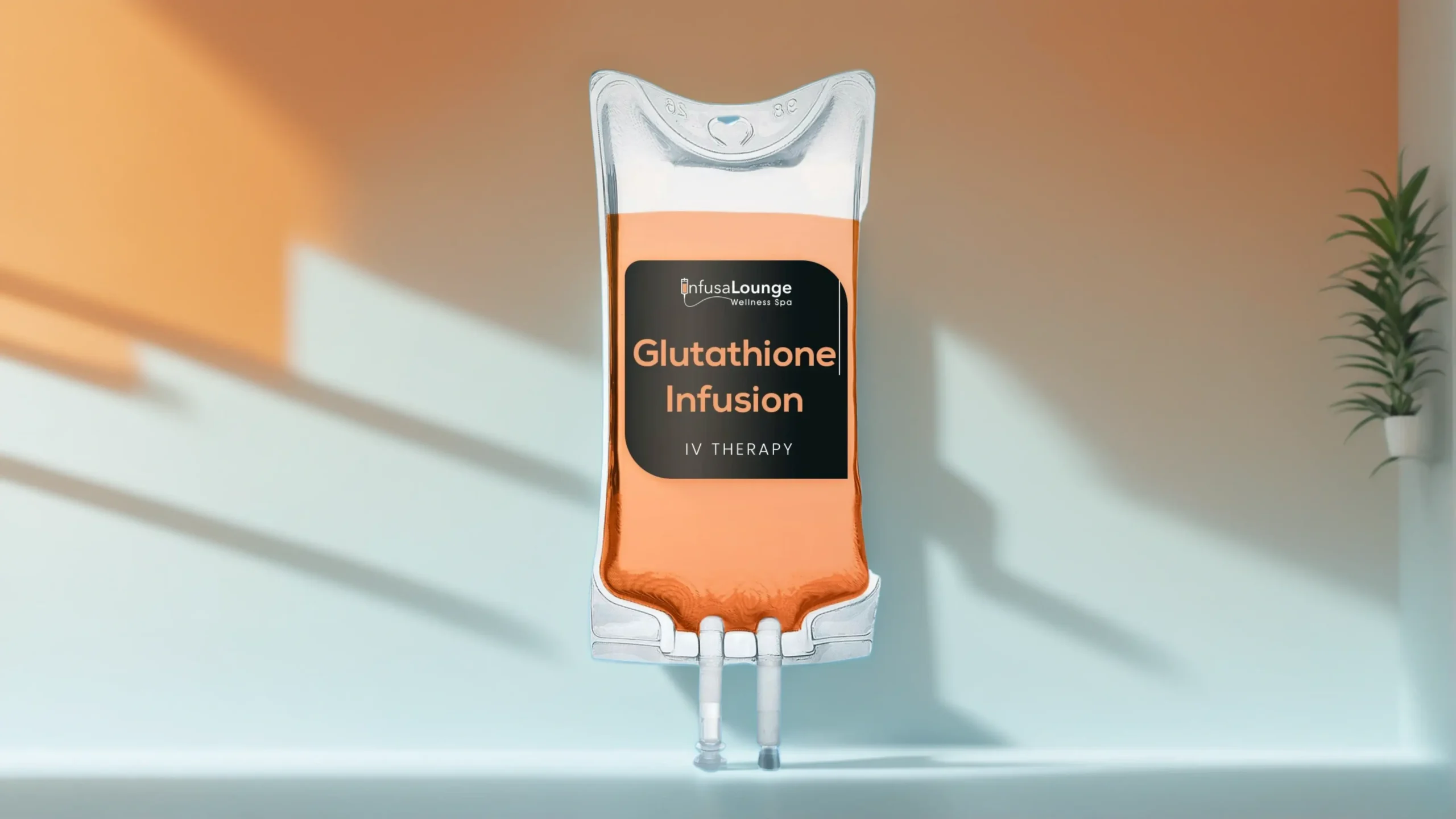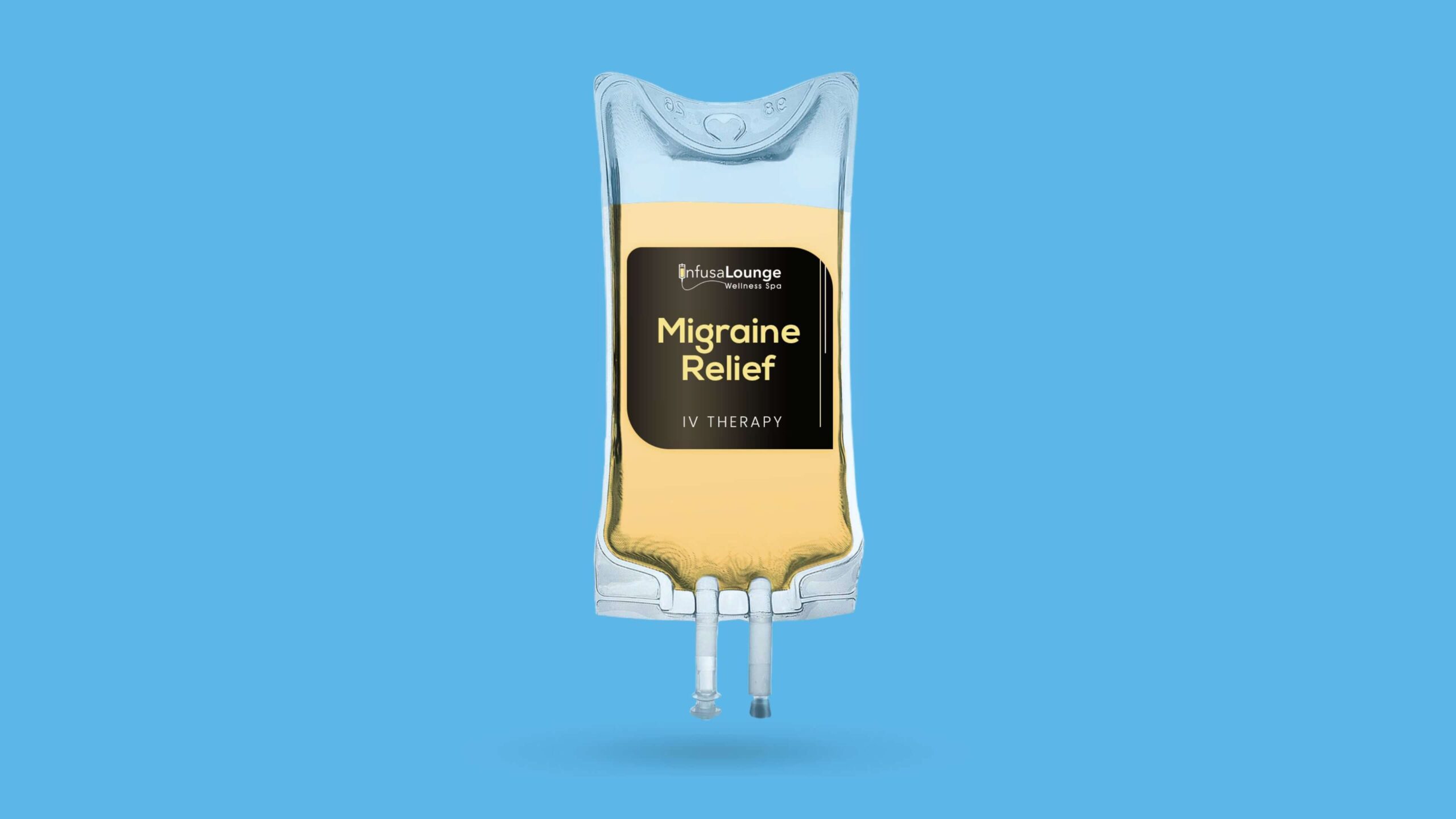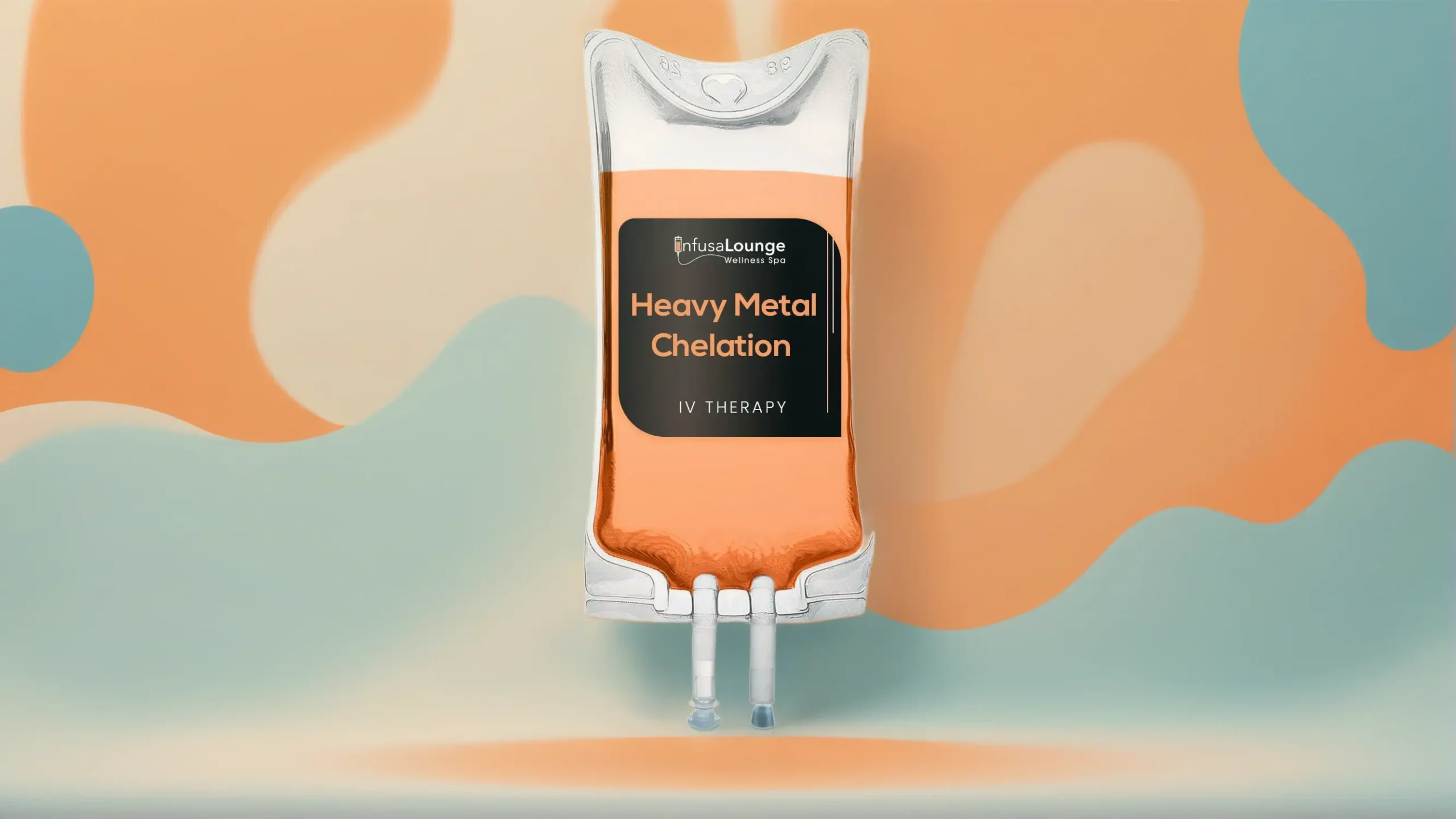In the quest for youthful and radiant skin, we often find ourselves exploring various treatments and remedies. Among these, glutathione therapy has emerged as a favorite for those seeking to brighten their complexion and combat aging signs. But what makes this treatment so special? Glutathione is not just any antioxidant; it’s dubbed the “master antioxidant” for a reason! This powerhouse plays a vital role in protecting our skin from daily stressors like pollution and sun exposure, while also working to reduce dark spots and improve skin texture. As someone who continually seeks out skin care solutions, I’ve come across numerous options, but the potential of glutathione therapy stands out. In the following sections, we’ll dive deeper into its benefits and how it can help you achieve glowing skin effectively.
Glutathione therapy is renowned for its powerful antioxidant properties that help to neutralize free radicals, promoting brighter and more youthful-looking skin. This therapy not only aids in reducing pigmentation and dark spots but also enhances skin elasticity, resulting in a more radiant complexion and a reduction in visible aging signs.

Glutathione: The Skin Brightening Secret
At the core of its enchantment is glutathione’s nature as a potent antioxidant that plays a crucial role in maintaining cellular health. It assists not only in rejuvenating the skin but also in combating environmental stressors, including pollution and UV radiation. This means that while you’re helping your skin glow from within, you’re also creating a defense system against external factors that can contribute to premature aging.
When you introduce glutathione into your wellness regimen—be it through IV infusions, oral supplements, or dietary sources like fruits and vegetables—you are actively reducing free radicals in your body. Free radicals are unstable molecules that wreak havoc on your skin by causing inflammation and accelerating the aging process. With reduced oxidative stress, your skin can begin to repair itself more effectively, translating into a smoother, finer texture over time.
By balancing melanin production, glutathione works wonders for people looking to achieve that coveted even skin tone. It’s important to remember that achieving noticeable results isn’t an overnight process; rather, consistent use over several weeks tends to yield the best outcomes.
A closer look at glutathione reveals how it interacts with enzymes in our bodies. It influences the activity of enzymes responsible for detoxification, essentially cleaning out waste products that might otherwise affect our appearance. For example, studies have shown that individuals receiving regular glutathione treatments often report enhanced luminosity and youthfulness in their complexion. They notice not just brightness—a decrease in fine lines and a reduction in dark spots become frequent observations.
It’s not just about looks; the implications for overall health can’t be ignored. When one’s skin is thriving, it usually reflects internal well-being as well. Healthy skin can serve as an indicator of a well-functioning liver detoxification system or an efficient metabolic rate.
Further revealing its multifaceted benefits, this remarkable compound is linked with various health advantages encompassing energy optimization and enhanced vitality. Regular supplementation can uplift cognitive function and improve physical performance, making it a compelling choice for those striving for external radiance paired with internal health balance.
Anti-Aging Benefits of Glutathione
Aging may be a natural part of life, but that doesn’t mean we have to accept its signs without a fight. Glutathione, often dubbed the “master antioxidant,” offers exciting possibilities for maintaining youthful skin. Its role in cellular repair can’t be overstated. With every tick of the clock, our bodies face oxidative stress from environmental factors like UV rays and pollution, which contribute significantly to skin aging—up to 50% according to studies.
As we age, our natural glutathione levels tend to decline, leaving our skin vulnerable to those pesky fine lines and wrinkles. Replenishing these levels through therapy provides antioxidants that combat oxidative stress directly. This replenishment encourages cellular repair, meaning the skin has a better chance of repairing itself after damage, leading to a more vibrant appearance.
In addition to cellular repair, glutathione plays a significant role in boosting collagen production. Collagen is crucial for maintaining the skin’s elasticity and firmness; as its levels decrease over time, sagging and wrinkles become more apparent. By enhancing collagen synthesis, glutathione helps maintain the skin’s structural integrity, leading to a renewed firmness that combats the telltale signs of aging.
Clients at InfusaLounge are witnessing transformative results. Many share stories of softer, smoother skin post-treatment; one client noted, “After my third session, my skin felt visibly firmer and had a youthful glow that I haven’t seen in years.” Such testimonials emphasize just how impactful regular glutathione therapy can be for skin health.
Importantly, beyond external appearances, these treatments can also bolster your confidence—a key aspect of overall well-being. As you embrace therapeutic approaches like this for anti-aging, it’s clear that understanding their mechanisms will illustrate how they enhance your body’s functions.
How Glutathione Works in Your Body
Glutathione is often referred to as the body’s master antioxidant, but what does that really mean? At its core, glutathione functions within your body much like a superhero cape, providing protection and enhancing the overall well-being of your cells. This tripeptide is composed of three essential amino acids: cysteine, glutamate, and glycine. Together, they form a powerhouse that actively participates in cellular repair and detoxification processes.
Cellular Defense Mechanism
At a cellular level, glutathione plays a crucial role in detoxifying harmful substances and repairing damage caused by toxins or stress. Think of it as a highly efficient clean-up crew that patrols your cells, ready to tackle any invaders that may harm them.
One of the primary functions of glutathione is its ability to neutralize free radicals. Free radicals are unstable molecules generated during metabolic processes or exposure to environmental stressors like pollution and UV rays. These rogue molecules can accelerate aging and lead to chronic diseases by damaging healthy cells. Glutathione swoops in, donating electrons to neutralize these free radicals, preventing cellular damage before it can take root.
Moving beyond just neutralization, glutathione also enhances metabolic processes. The mitochondria—often called the “powerhouses” of our cells—rely heavily on glutathione for their optimal functioning. Without sufficient levels of this powerful tripeptide, your energy production could dwindle, leading to symptoms like fatigue and brain fog. By supporting mitochondrial health, glutathione helps ensure that your cells are capable of producing energy efficiently and effectively.
With these incredible detoxifying capabilities working behind the scenes, you might wonder how you can effectively boost your body’s natural levels of glutathione.
Exploring Administration Methods
Incorporating methods to enhance your body’s glutathione levels can take various forms, from dietary adjustments rich in sulfur-containing foods to specialized therapies designed for maximum absorption. Each approach ultimately focuses on elevating this vital master antioxidant within your system—from consuming fresh fruits and vegetables loaded with antioxidants like vitamin C to considering therapies such as intravenous infusions that deliver high doses directly where they’re needed most. By exploring these options, you can harness the full potential of glutathione while supporting your body’s quest for rejuvenation and health.
As we consider the various ways to administer this vital compound, it’s important to examine the unique methods each option offers for maximizing its benefits.
Different Glutathione Therapy Methods
When it comes to glutathione therapy, various delivery methods are available, allowing for personalized approaches that cater to individual preferences and medical conditions.
One of the most popular options is IV Glutathione Infusions. This method boasts an impressive bioavailability of 90-100%, meaning that nearly all of the nutrient reaches your bloodstream effectively. At InfusaLounge, this technique is favored because it’s not only efficient but also offers rapid absorption, leading to quicker and more noticeable results. Many clients report an immediate increase in energy levels along with overall improvement in their skin appearance after just one session, which makes it a go-to option for those looking to enhance their wellness regimen.
Oral Supplements
Another option for incorporating glutathione into your routine is through oral supplements. These provide convenience, making them easy to take daily without requiring any special arrangements, like scheduling and visiting a spa. However, there’s a tradeoff: oral supplements typically have lower bioavailability compared to IV infusions.
To combat this issue, manufacturers have developed liposomal forms of glutathione. These encapsulate the compound in fat molecules, enhancing absorption through the digestive system. Although oral supplementation may not deliver the same immediate effects as its IV counterpart, it remains a practical choice for those seeking long-term support—especially if they have busy schedules or prefer taking supplements at home.
While each method has its advantages, it’s also crucial to be aware of the potential side effects associated with each therapy to ensure you select an option that aligns best with your health goals and personal circumstances.
Think of choosing a delivery method for glutathione like picking a meal—do you want something that’s quick but might not be as satisfying (oral supplements), or are you willing to invest time for a richer experience (IV infusions)?
By understanding these differences in delivery methods—alongside considering factors like convenience, effectiveness, and possible side effects—you can better navigate your journey towards healthier skin and improved well-being through glutathione therapy.
As you explore the benefits of these therapies, it’s important to consider what potential drawbacks may arise from different treatments. Understanding these aspects will empower you to make informed decisions about your path to wellness.
Recognizing Potential Side Effects
Like any potent therapy, glutathione can bring unintended surprises along with its brightening benefits. While many people may experience effective improvements to their skin tone and texture, it’s vital to be aware of the possible side effects that can accompany treatment. Understanding these effects helps you make informed decisions about your health journey.
Among the minor side effects reported, some individuals may encounter abdominal cramps or bloating after undergoing infusions. These symptoms are generally mild but can be uncomfortable. Allergic reactions, though rare, can also occur, manifesting as rashes or itching that require immediate attention if they arise. For those concerned about their tolerance to glutathione therapy, it’s reassuring to note that the side effects are typically not severe and often subside shortly after treatment.
According to a 2022 study published in the Journal of Dermatological Treatment, 2 out of 100 patients experienced mild gastrointestinal issues associated with glutathione therapy. This statistical perspective highlights that while side effects are possible, they are relatively uncommon for most users.
The key takeaway here is the importance of consulting with healthcare professionals before embarking on any new treatment plan. Engaging with a knowledgeable specialist ensures that you understand the potential outcomes and align your therapy with your individual health needs. At InfusaLounge, we prioritize safety and effectiveness by conducting thorough pre-treatment consultations. This allows us to tailor doses and approaches based on your unique tolerance levels and health status—a personalized touch that emphasizes our commitment to your well-being.
As you consider these potential side effects while enjoying the benefits of glutathione therapy, let’s shift focus to explore other options that might provide similar advantages without some of these concerns.
Natural Alternatives to Glutathione Therapy
One effective way to enhance your body’s natural glutathione production is through a nutrient-rich diet. Consuming foods that are high in vitamins C and E works wonders.
Citrus fruits—like oranges and grapefruits—don’t just satisfy cravings; they also boost your skin’s radiance because of their high vitamin C content. Spinach stands out not just as a superfood but also for its role in producing antioxidants that support overall health.
Nuts, such as almonds and walnuts, provide healthy fats and essential minerals, helping maintain your skin’s elasticity. Incorporating these into your meals isn’t just beneficial for your skin; it promotes overall wellness too.
But diet alone isn’t where the magic happens. Regular exercise plays a crucial role as well.
Exercise serves as a powerful ally in reducing oxidative stress, effectively mimicking the impact of glutathione within your body. As you work up a sweat and engage your muscles, you help lower levels of harmful free radicals while boosting the antioxidant pathways naturally present in your system. This effect can have profound implications on how your skin looks and feels.
According to a study published in the Free Radical Biology and Medicine journal, individuals who engage in regular physical activity possess about 20% more glutathione in their bodies than those who lead sedentary lifestyles.
Just think about it: an investment of time toward regular exercise not only improves cardiovascular health but simultaneously elevates your skin quality!
Alongside dietary changes and physical activity, hydration remains equally important.
Drinking plenty of water is vital for maintaining skin health as it helps flush out toxins while keeping cells hydrated, resulting in a fresher appearance. Opt for herbal teas infused with antioxidants like green tea or hibiscus; they can provide additional benefits that improve skin vitality.
Overall, whether you choose natural methods or consider professional treatments—such as the diverse offerings at InfusaLounge—it’s essential to understand your options. Find what works best for your unique body and lifestyle so you can live vibrantly while making informed health decisions.
As you explore these alternatives, remember that incorporating therapies like glutathione at InfusaLounge can significantly enhance your journey to healthy, radiant skin. Call Us at (972) 546-4318 to learn more today!
FREQUENTLY ASKED QUESTIONS:
*Note: All answers are reviewed by our medical team for accuracy.

